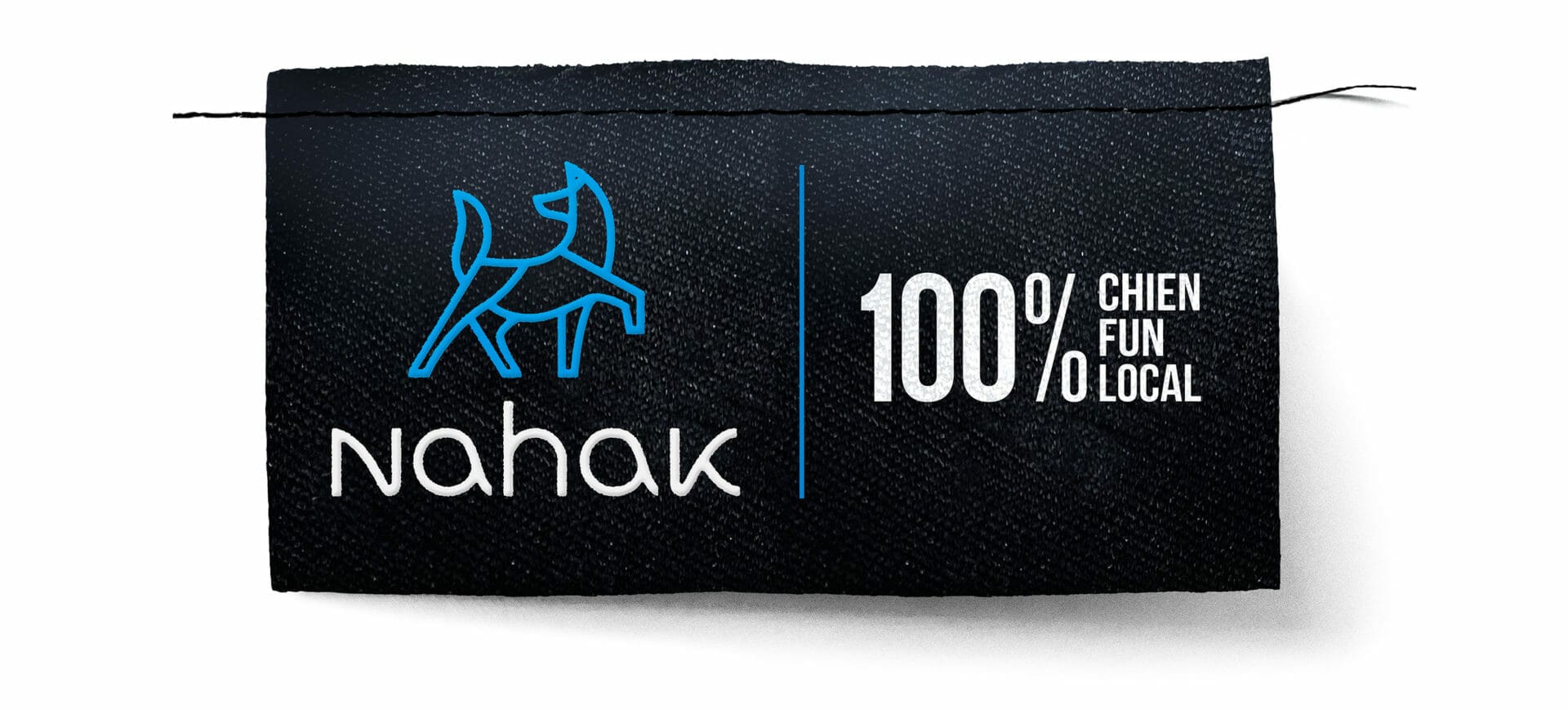
Dog Running Harness
You want to run with your dog, you've searched a bit on the internet and you realize that you need a dog running harness but have no idea what that means ?
You’re in the right place ! In this section, we'll see the basic principles related to running and explain what makes a good dog running harness.
In the world of dog harness racing, running with your dog at the front is a discipline commonly known as canicross (if your feet no longer touch the ground, it is no longer called canicross but rather cani-flying ). The principle of canicross is simple : your dog is ahead of you, equipped with a dog running harness and pulls you via a bungee line (which absorbs impacts) which is attached to your canicross belt.
Your dog applies a pulling force through its harness to pull you. The harness worn during in canicross will apply pressure all over your dog's body. As a result, it is important that the selected dog running harness respects the morphology of your dog by freeing up critical spots. If we analyze the dog's body from front to back, the harness must first and foremost not put any pressure on its throat/trachea so as not to interfere with its breathing when the dog is pulling. After that, the harness must release the shoulders of your four-legged athlete.
Why ?
Because when your dog pulls, it is, with the legs, one of the parts of its body that is the most mobile. Look at your dog's shoulders as he trots or runs and you will notice the range of motion of this area and all the muscles that are being solicited. That's exactly why a dog running harness must have a design that frees up this area well. At Nahak Sports, we go even further by having added a dorsal band on our dog pulling harness which allows to release even more the solicited area by freeing the shoulder blades for maximum mobility (unlike the majority of dog pulling harness on the market that pass directly over this area). In this context, any use of a front clip dog harness is to be prohibited as it blocks the dog's shoulders fully or partially, depending on the model.
After the neck and shoulders, make sure that the harness does not create pressure on the dog's flanks (the soft part where most of the dog's organs are). The dog running harness must therefore be well supported by the edge of the ribcage. Finally, it must release the back thighs which are also a moving part when the dog pulls.
In addition, our dog pulling harnesses are fully padded at the dog's neck, torso and flanks. Furthermore, the thickness of padding used is adapted according where it is on the harness (thicker at the neck and torso where the bulk of pressure is done).
For the manufacture of our pulling harnesses, we opted for closed cell foam (light and does not absorb water) covered with a waterproof fabric with an abrasive coefficient of almost zero, which is one of the reasons why our harnesses are also appreciated both professionally and recreationally.
If your dog is of small breed (less than thirty pounds), our small dogs harness will be suitable for canicross. Although it is shorter than our dog pulling harness (for larger breed dogs), it respects all the essential points mentioned above and is also padded.
The two harness models presented above are available in several sizes so you can find the perfect fit for your pup. They are also suitable for several other dog harness sports (only restriction: the small dog harness is not suitable for kicksledding and dog sledding because of its dorsal attachment).
